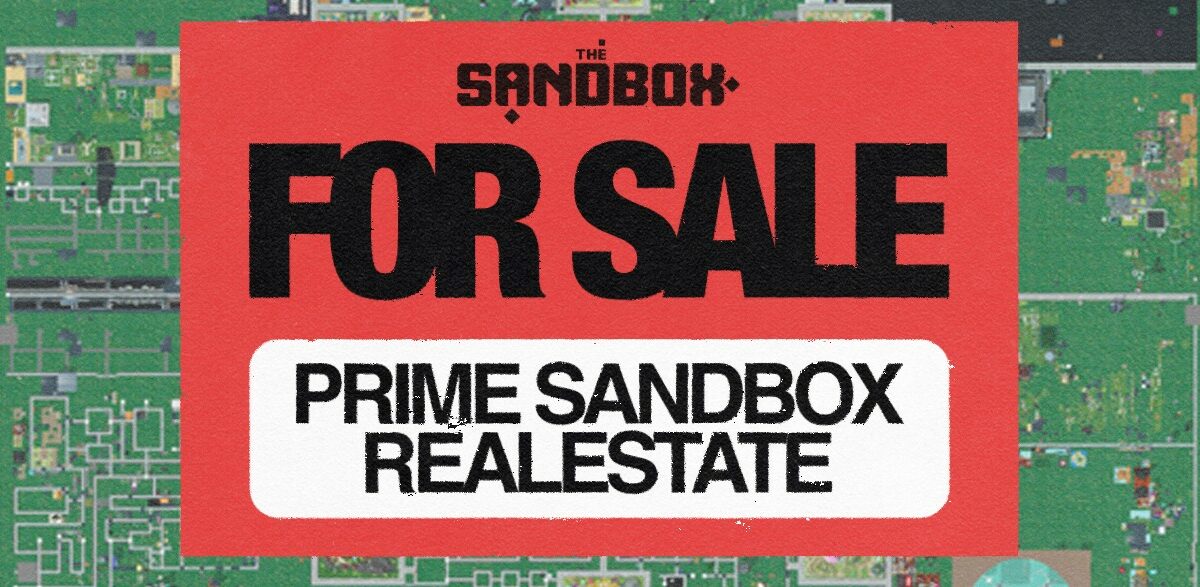● The metaverse is about to change how we design environments
● Retailers and hospitality brands have the most to gain from Metaesthetics
● Companies that blow up in the metaverse will make a killing by shifting to the real
In the last decade, brands have been straining to make physical spaces more memorable. Retailers have blown visual merchandising budgets. Restaurateurs have tried to make interiors and dishes more striking. The adjectives ‘experiential’ and ‘immersive’ have become the most complementary terms when it comes to brand-related events that involve you going to a place to see a thing.
There’s a simple reason for all this. The world is being designed for social media, and brands are the most adept at making things look good on your Insta feed. This has become so prevalent that we almost don’t notice it anymore. Head to any recently designed city district – try Coal Drops Yard in London – and try taking a bad photo of the fairy-lit thoroughfare. Virtual has changed how we build things IRL.

The pretty-fication of the physical world is in step with Web 2.0. But – as readers of this column know – we’re on the cusp of a new digital revolution. Our public and private spaces will change again as more people spend time in the metaverse. But how should brands prepare?
Metaesthetics

One approach is to take the lo-fi aesthetic emerging from metaverse gaming platforms and bring it to an IRL space. Walking into the Meta Café in Paris – a place that’s open for this month only – visitors might think they’ve stumbled into Roblox. Tables and chairs look as though they are made of oversized pixels, the walls feature thousands of dots that simulate the sensation of being in a VR room. The designers, Crosby Studios, are using this to promote a forthcoming game on The Sandbox which will allow people to build interiors with the same décor, but virtually. This is a playful way of teasing a launch in the metaverse. It also makes for a surreal place to enjoy a flat white.
Physical non-fungibles

Brands that have gathered a devoted following in the metaverse have the potential to clean up by launching IRL. The best example of this is from Bored Ape Yacht Club (BAYC) holder and restaurateur Andy Nguyen, who this week (9th April) is launching Bored and Hungry, a BAYC branded burger joint in Long Beach, California. The entrepreneur has a slew of successful food brands to his name, but irrespective of the quality of the burgers on offer at Bored and Hungry, there will be a line to get in on opening night. Hospitality brands should take note.
“Our goal and purpose are to bridge the digital world with real-life experience…” Nguyen wrote in an Instagram post. “They like to call it a ‘jpeg,’ but we wanted to show them that we’re building a new ecosystem. A brand/business with the intellectual property that we are granted owning these NFTs.”
Meta-galleries

The art world was fast to grasp the potential of Web3, and real-world auctions of virtual artworks aren’t new. But there is yet to be a physical gallery that houses digital NFT art in a way that is smart and well-executed. If there’s someone who can do it, it’s NFT artist and photographer Justin Aversano. At the Non-Fungible Conference in Lisbon last week, he announced the launch of a 3,600-square-foot physical Santa Monica gallery in the summer. People who buy newly-minted Quantum Key NFTs will get access to a VIP lounge there. There are 1000 of these, and they are already worth about 2.25 (over $7000) a pop on OpenSea. The potential of leveraging the insider status associated with NFT ownership like this shouldn’t be lost on brands that own member’s clubs or tiered hospitality offerings.
As the metaverse matures, customer expectations will be shaped by the time they spend buying or building things there. When people become accustomed to the hyper-real potential of the new virtual landscape, how will your brand re-shape its offering IRL?
OK COOL specialises in helping brands navigate and unearth potential in the fast-evolving landscape of Web3.


